The
Cape Turtle Dove or
Ring-necked Dove (Gewone Tortelduif) (Streptopelia capicola) is a widespread and often abundant dove species in East and southern Africa. It is a mostly sedentary bird, found in a variety of open habitats. Within range, its penetrating and rhythmic, three-syllabled crooning is a familiar sound at any time of the year.
Their body feathers are darkest on the upper side, where they are coloured in dull tones of grey and brown, with shades of lavender on the nape and paler below.The lower belly is white. The semi-collar of black feathers on the lower nape is a feature shared with a number of Streptopelia species, as are the white fringes and conspicuous white tips to the otherwise slate grey tail feathers. The tail pattern is particularly noticeable during the display flight. Males and females look alike, although the males are slightly bigger. They measure 25–26.5 cm in length and weigh 92–188 g. The eyes are almost black, the bill is black and the feet are dark purple.
It occupies a diverse range of habitat types, including semi-desert scrub, Boscia and Acacia savannah, a variety of woodland types, farmlands, open plantations and alien acacia thickets. Only closed forest or plantations, or the extensive waterless dune fields and gravel plains of the Namib are unsuited to their requirements. In southern Africa they are most commonly observed in fynbos regions, miombo and mopane woodlands, besides any grassland types from moist to dry regions.
These doves are usually found alone or in pairs, although they do form larger flocks around roosts or sources of food and water, sometimes comprising hundreds of birds. They are quite noisy in these groups, not only for the various calls they make throughout the day, but also due to the loud clatter of their wings when they take flight.
They feed mainly on seeds, but also on broken fruit and berries and insects on occasion. Other recorded food items include small sedge bulbs, fleshy succulent leaves, aloe nectar and sugary aphid secretions.
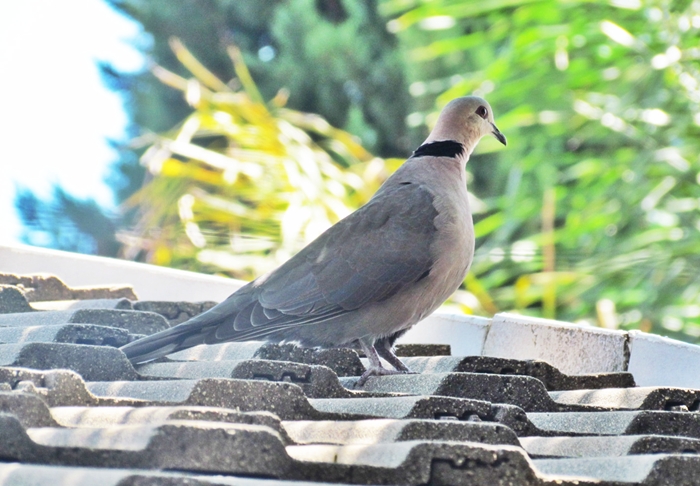
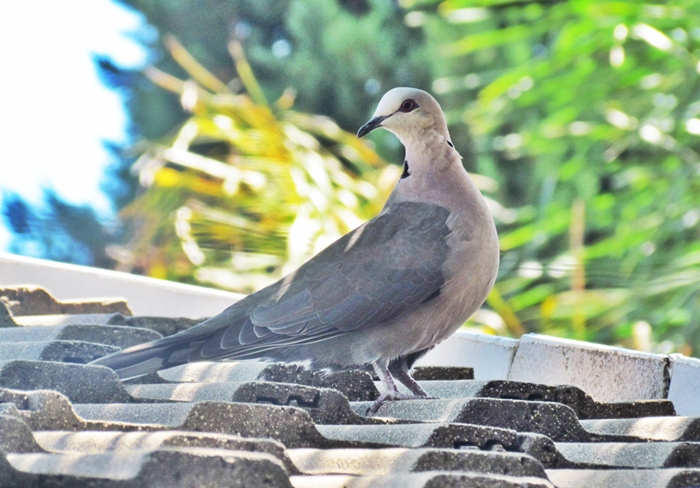















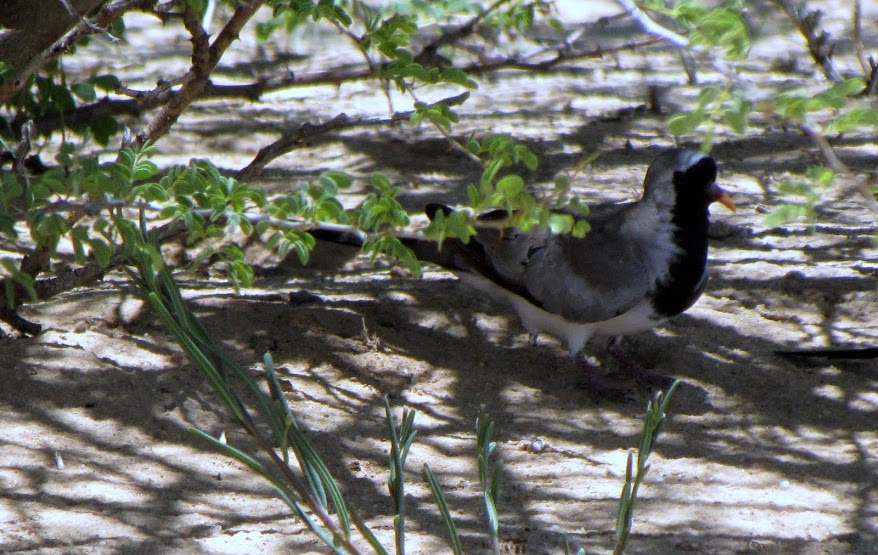

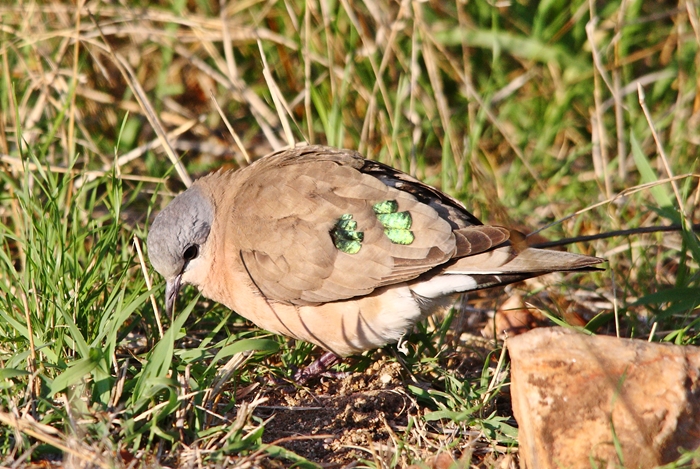

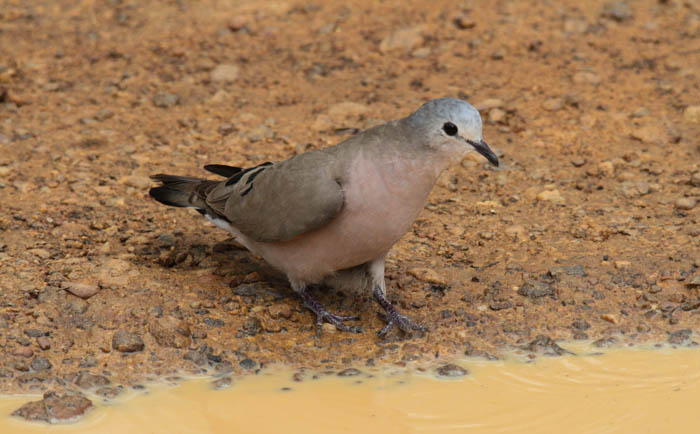
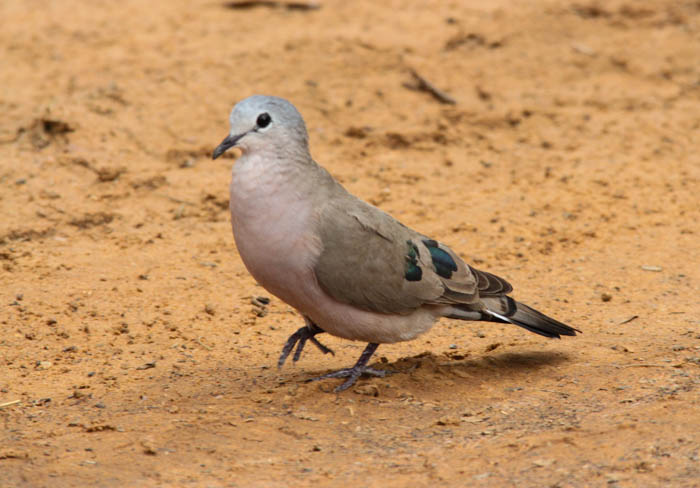
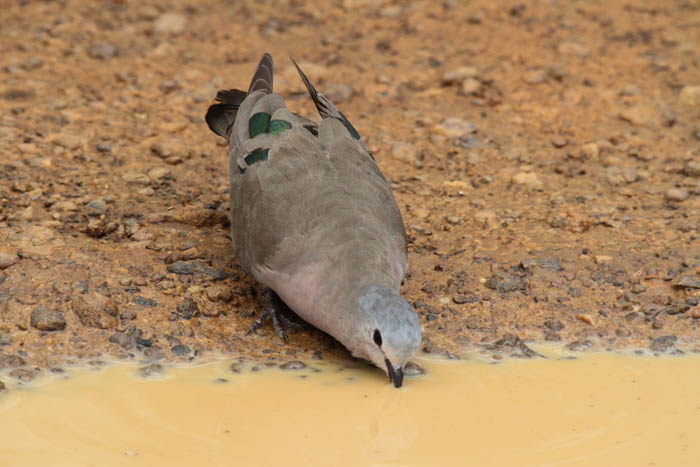
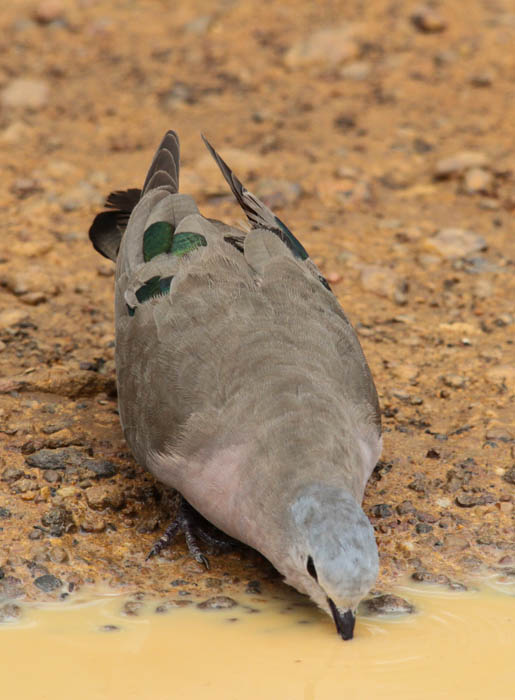
 Sirheni 22.3.2011
Sirheni 22.3.2011 12.10.2009
12.10.2009

